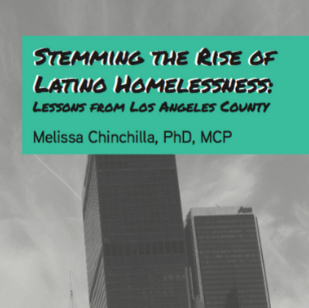
Stemming the Rise of Latino Homelessness: Lessons from Los Angeles County [LPPI Report]
Earlier this year, in collaboration with Dr. Melissa Chinchilla,…
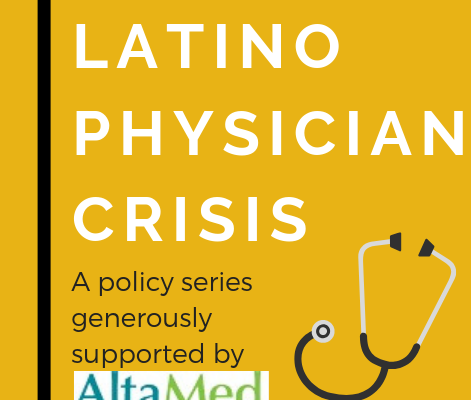
UCLA LPPI Study Identifies Barriers Latino Students Face When Pursuing a Medical Career in California
UCLA Latino Policy and Politics Initiative study finds…
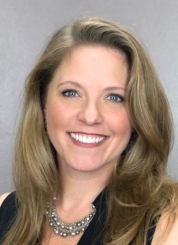
Visual Representation and Gender Fit in the Workplace
INSEAD, The Business School for the World, “brings together…

Co-Director of UCLA Voting Rights Center Secures Settlement on Texas Voting Rights Case
UCLA lecturer and co-director of the UCLA Voting Rights Center,…

A New Perspective on Gender Neutrality
UCLA Professors Abigail C. Saguy and Juliet A. Williams from…
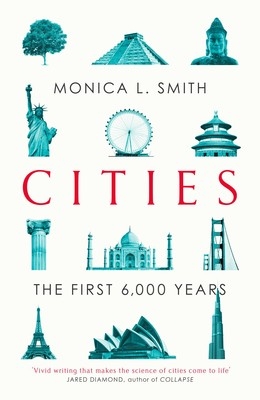
Cities: A Compelling Part of Human Life
Monica L. Smith is a UCLA professor in the Department of…

A Fresh Perspective: Black Life Across U.S. Cities
UCLA’s Division of Social Sciences is full of amazing faculty,…

Tip Work: Examining the Relational Dynamics of Tipping beyond the Service Counter
By Eli R. Wilson, Assistant Professor of Sociology, University…
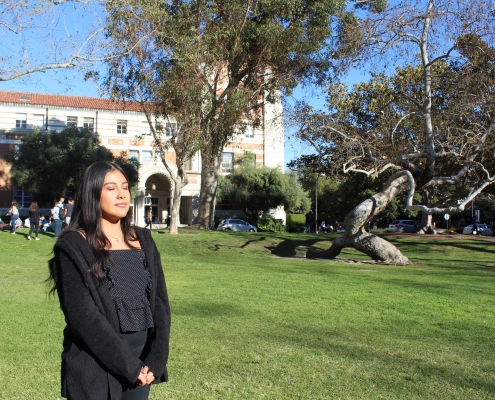
UCLA Spirituality, Mindfulness, Self-Care, & Social Justice Class: Q&A w/Prof. Victor Narro
By Institute for Research on Labor and Employment This…
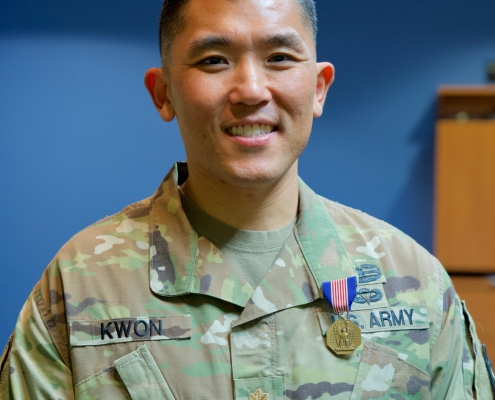
A Ceremony to Honor UCLA Heroes
“…This was a collective effort. You know, this is not…

